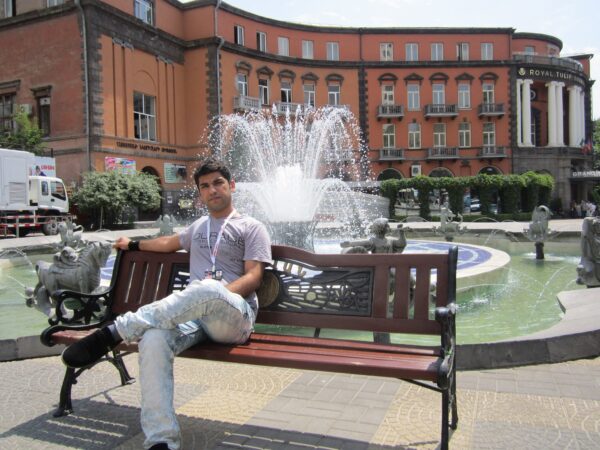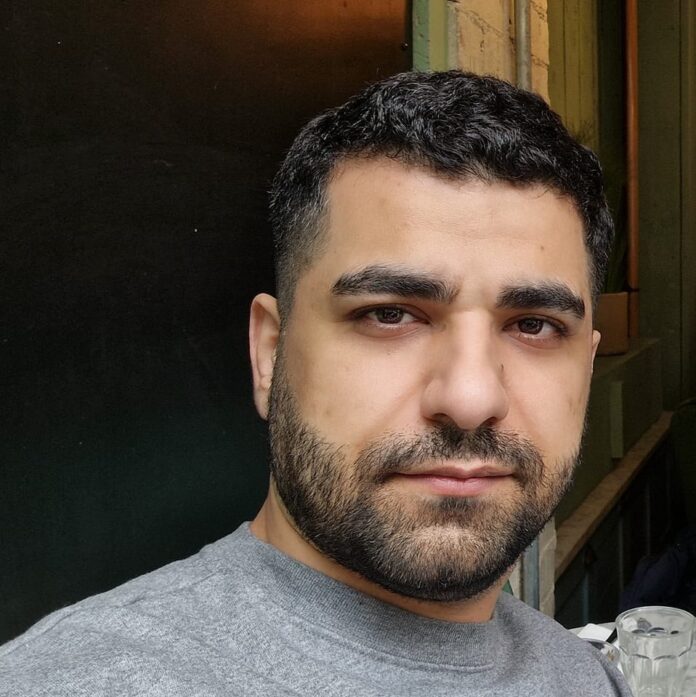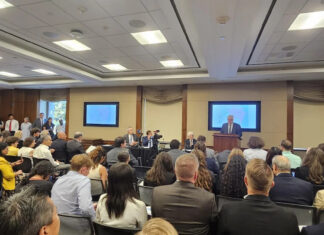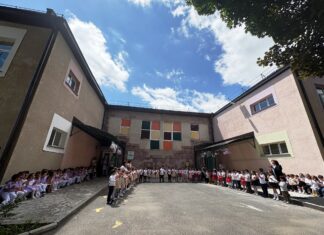YEREVAN / LONDON – Iranian film and theater director and writer Navid Mikhak was born in 1990, in Khorramabad, Iran. In 2005 he began to study theater in Khorramabad School of Fine Arts; after he went to the University of the Arts in Tabriz, from which he graduated with a degree in theater direction. He received his B.A of Theatre Directing from University College of Nabi Akram in Tabriz, Iran. During his 17 years of independent activity and cooperation with Iran’s national radio and television, he gained experience as an assistant director, actor, writer, producer and director. In the theater he staged “Varazil,” “Good sleep,” “Belbsho,” “Exorcist,” “When the Theater Grows,” “Arash.” He directed short films and documentaries: “A Message on the Way,” “We Have No Problem with Each Other!” “Who Will Receive This Aid?,” “Marousia,” “Paamei Darrah,” “Akam,” “Nun,” “Colostomy.” Navid Mikhak has also published a collection of stories, poems, articles and interviews in magazines, newspapers and domestic and international festivals in Iran.
Navid, you have written articles and made documentary films about Iranian Armenians. What piqued your interest?
When I was a teenager, I met a person who was from Isfahan. As he was talking about himself and his city, he also talked a little about his Armenian friends and neighbors. He explained some things about the religion and culture of the Armenians of Isfahan that were new to me and it was the first time I had heard about. Until later, when I went to the Academy of Fine Arts and studied theater, this basic information and attractive image of Armenians remained in my mind. In a part of Iranian theater history, I accidentally came across the description and information of Armenian actors, writers and directors in the theater who played an effective role in the birth and growth of Iranian theater. Then I went to the Tabriz University to continue my education in theater directing. Tabriz city has one of the largest Armenian communities in Iran and is one of the most important cities in Iran in terms of politics, culture, art, economy, etc. During my education in the field of theater in this city, the topic of Armenian theater and art attracted my attention again and made me do more serious studies and research in this field. In this atmosphere, where I was participating in student theater performances, I decided to publish an article and interviews about the history of Azerbaijani and Armenian theaters. I met one of the Armenian artists named Garen Sarkisian. who helped me a lot in this field and after introducing several people for interviews, he suggested an interview with one of the most important Armenian artists of Tabriz and Iran, Mrs. Marousia Vahramian. After conducting that interview and publishing it in Theater magazine, I became interested in making a documentary film about her personality and life, also to rebuild the last performance that she staged a few years ago. Maroussia also agreed with my idea of film and was enthusiastic for the performance. She would like to reunite and work with her cast members, who each lived in a different city or country. The script of the play I had written, made her more passionate because in her talks, I felt that this play is a debt repayment to Armenian culture, history and art. This play was “Komitas,” and as the name suggests, is about the life of famous Armenian composer who, as it is known, became mentally ill witnessing the Armenian Genocide. Marousia Vahramian’s view of this issue and her loyalty to Armenian art and society, the Armenian Genocide, and the gathering of her group members for the last time attracted me. At that time, I remember saying to myself that definitely considering my experience in the field of theater the process of rehearsing and performing a theater where her group rehearses for the last time with a 94-year-old artist after many years creates attractive and beautiful moments, which will be very interesting for the audience.
We tried to create the conditions for Marussia to start her work, but unfortunately, after the first filming session, with the death of Marousia’s younger sister and her own illness, and other problems that arose outside the group, the group never gathered completely and did not do any rehearsals. In this situation, in order to save the matter and preserve a brief image of Marousia’s life, I tried to make possible her last wish, which was to see an old building belonging to the Armenian community, that was a school and place for art classes. Fortunately, this happened and she saw that house and her wish became one of the important events of the film. And then Maroussia died. In fact, this was the point that moved me towards the art of Armenians and Christians, and after that I tried to continue my activity in this field.

What about Marousia Vahramyan made her so special?
Firstly, the age of Mrs. Vahramian was important. Because we did not have any women at that age who gained so much experience in theater, music and painting, especially in the Armenian community. She was the only person in the Armenian community from those days who lived to the age of 94 and continued her artistic activity. When in Yerevan I met and talked with the old theater researcher Mr. Bakhtiar Hovakimyan (who published articles about Mrs. Vahramian) for this documentary, he confirmed my words that Mrs. Vahramian is currently the oldest Armenian artist in the world. Another thing that attracted me to her was the character of a woman who herself had experienced different eras of the contemporary socio-political history of Caucasian Armenians and finally, she had turned them into a work of art, works that were influenced by the Armenian Genocide, the Bolshevik Revolution, the migration of Armenians from the North Caucasus to Iran, the collapse of the Soviet Union, and other historical events that occurred in the history of Armenia, Iran, Georgia and Russia.








